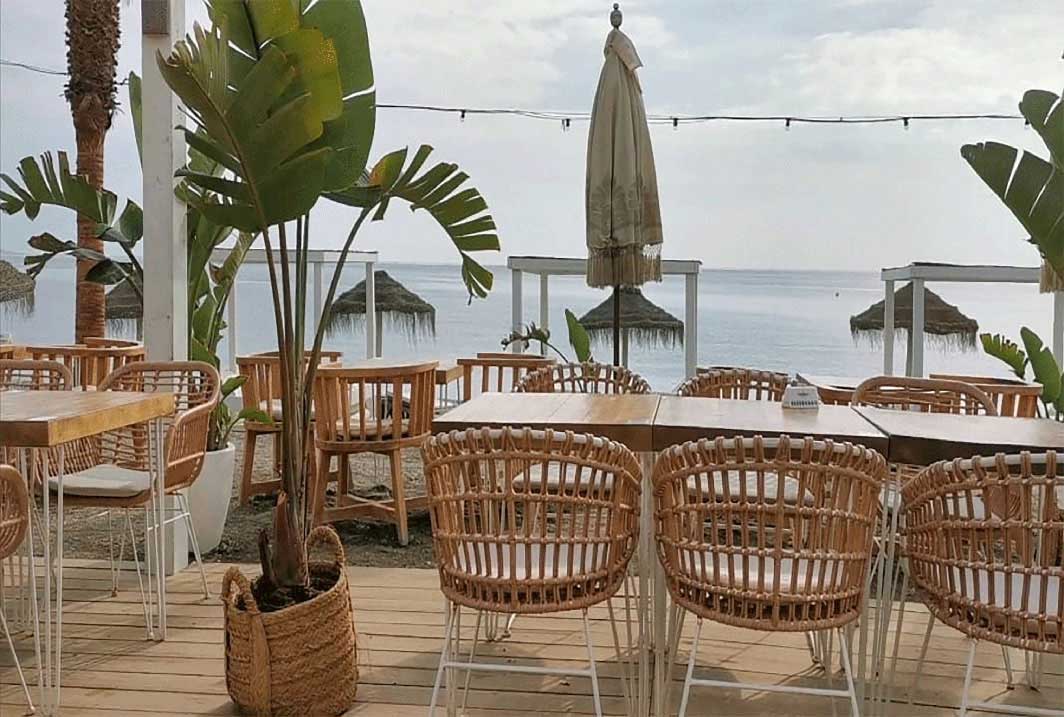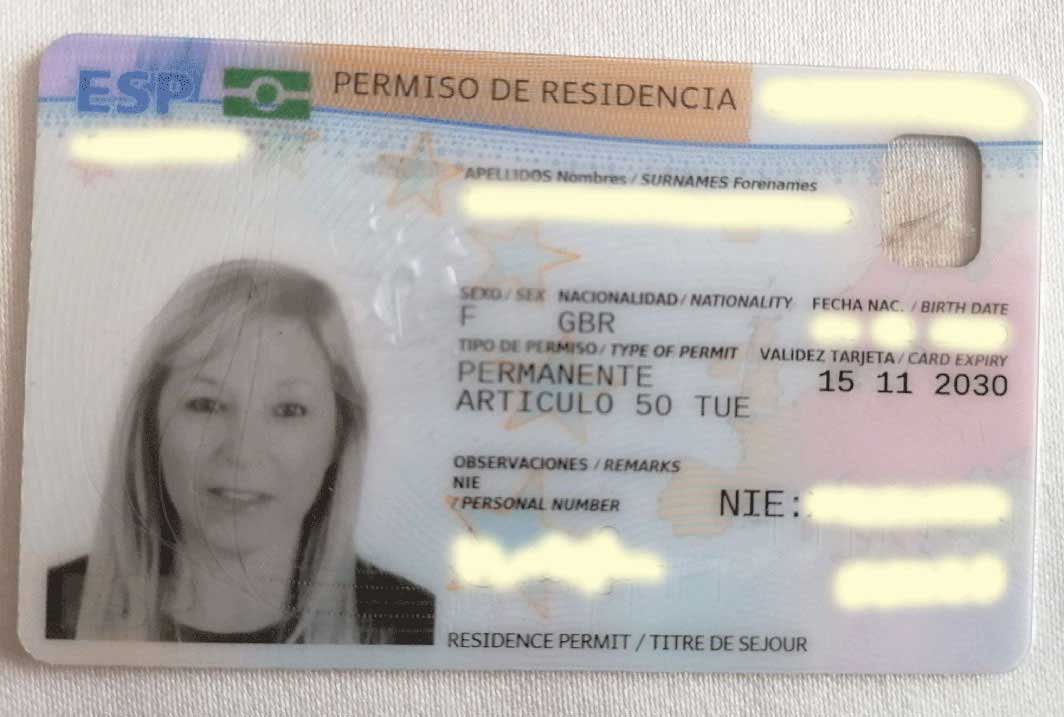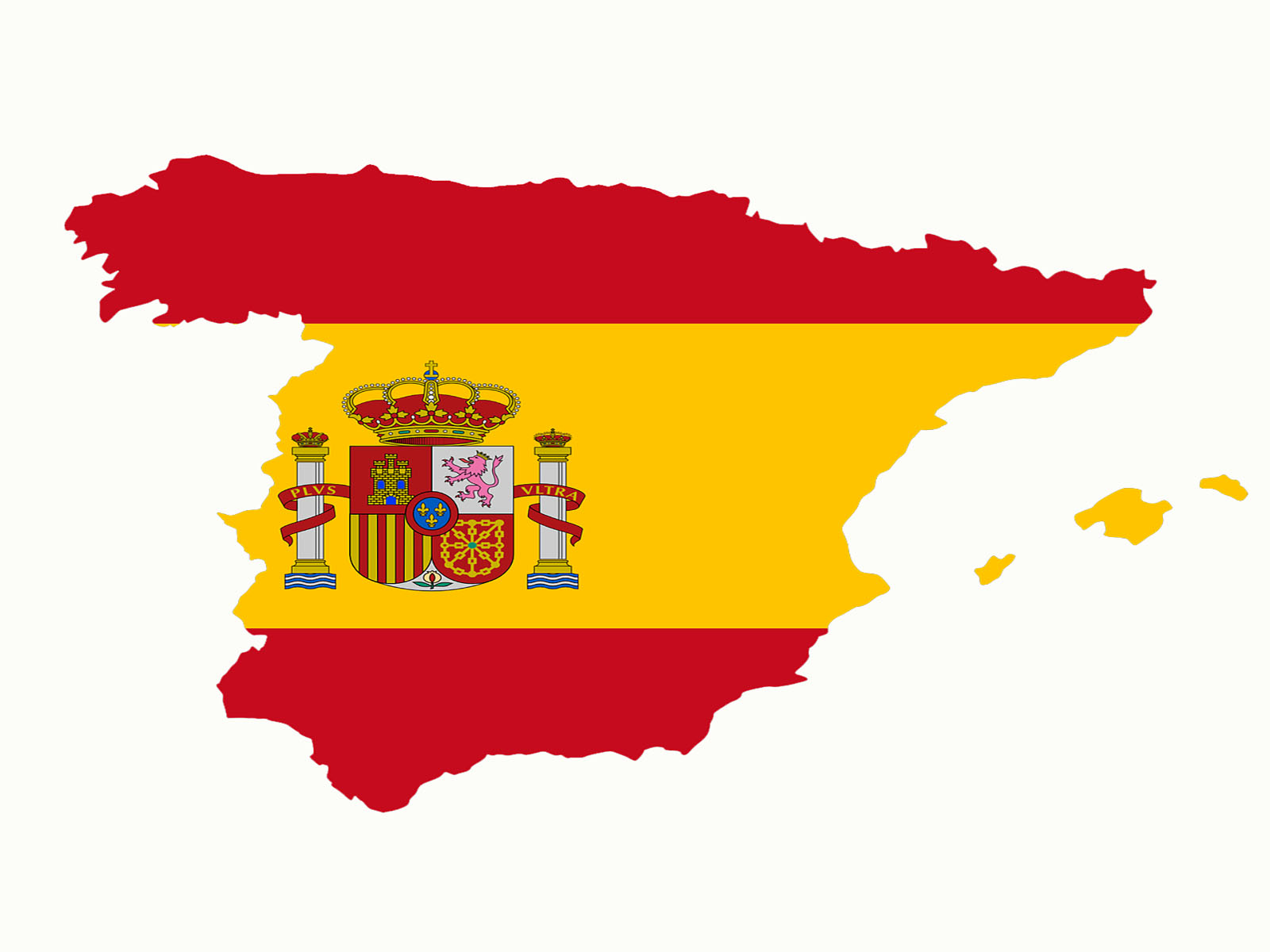Applying For Residency In Spain
Applying for a residency in Spain is essential if you are planning on making Spain your home. If you have just arrived in the gorgeous Axarquía, you will probably still be marvelling at how beautiful it is. The colour of the sky is so intense on a sunny day – and there are plenty of those – and that stunning turquoise of the Viñuela reservoir against the backdrop of rolling hillsides covered in olive trees. There are so many lovely villages and towns to choose from when deciding to settle here, each one charming in its own way, and if you prefer to be out in the countryside you will never tire of the views.

In the past people never felt any pressure to get their residency sorted, and often spent months or years managing to get by without being registered or even having a Spanish bank account, but now Brexit has happened, it is imperative if you want to make Spain your home to apply for residency.
If you do not already have residency, you will be restricted to the Schengen rules for third countries. You may only spend 90 days in a rolling 180 day period in any Schengen country.
https://schengen-calculator.com/
How to apply for Residency
Applying for residency in Spain now that the transition period has ended can only be achieved if you can demonstrate:
- That you were residing legally in Spain during 2020 – The definition of living legally has been determined as having been following all the rules which a residency request would require. This means that you have to show that you had medical insurance, either because you were working and paying into the Spanish Social Security system or because you had an S1 form from the UK or private health insurance which was valid both up to the end of 2020 and also up to the current date. You must also show that you were physically living here by producing bank statements, receipts and utility bills. In addition they require that you demonstrate sufficient funds to support yourself if you are not working.
- These applications can only be made through the online system called Mercurio or once appointments are available, at the Oficina de Extranjería (Foreigners Office).
- That you are a close family member of an EU citizen – this has to be a very close relationship such as being a son or daughter, husband or wife or civil partner of an EU citizen who has either a green residents’ card or paper or a TIE card. You will have to demonstrate that you are financially dependent on that person, even if you are not, and also that you have some form of comprehensive public or private health insurance at the time of the application.
- These applications are also made at the Foreigners’ Office via the online Mercurio system. You will have to demonstrate your relationship by including birth or marriage certificates which have been translated to Spanish by a sworn translator in your application.
- Or that you have a visa from the Spanish embassy or consulate in your country of legal residence.
There are a number of visa options. Visas have to be applied for in the country of legal residence, so if you are British you will apply at one of the consulates in the UK. Applications are made in person by appointment and you can wait up to three months for a decision to be made on your application.
If your application is successful you will be given a photo card. You have three months to enter Spain and a further three months to confirm your visa by having your fingerprints taken at the national police station and receiving a TIE card.
http://www.exteriores.gob.es/Consulados/LONDRES/en/Consulado/Pages/Visas.aspx
https://www.gov.uk/guidance/living-in-spain
Private medical insurance
There are so many insurers, how do you choose the best one? Well first of all, the level of cover is more or less the same whoever you choose as long as you mention that you need it for residency. Therefore do not dismiss an insurer just because you have never heard of it before. What might be more important at this stage – if you have not yet opened a Spanish bank account – is to ask the insurance agent whether you can pay for it from a UK bank account. If you already have a Spanish bank account, that will not be an issue.
However you proceed, you need to have signed and paid for a 12 month insurance policy.
What are the precise words that the Foreigners’ Office or consulates want to see on your policy documents? “Sin copago”.
This means that when you go to the doctor or hospital, your insurance covers everything and you do not have to make any co-payments. Without these words on the contract, your insurance will not be accepted. Specialist agents offer specific policies for residency and many of these are available in English.
So now on to bank accounts. If you have already opened a bank account, you may well have been offered medical insurance by your bank, so you could kill two birds with one stone there, although you might want to keep that offer on hold while you shop around for the best deal elsewhere.
If you have not opened a Spanish bank account, you may be making a rod for your own back. People do supply statements from UK banks as evidence of funds for residency applications but now is not the time for the person checking your application to wonder if you really reside here or not. The Foreigners’ office who need to approve your residency application need little excuse to reject it, and a bank certificate showing sufficient funds is their first choice, so why put off opening an account in Spain anyway?
What often stops people opening a Spanish bank can be the bank itself. If you do not yet have an NIE number, they may tell you that you cannot open an account.
NIE number
An NIE number is your ID number in Spain, literally for everything, from tax to your rental or purchase contract, in fact just about any form you ever have to fill in will ask for it. You apply for it at the police station under normal circumstances, but nowadays this takes time to arrange.
So to open the bank account, a chicken and egg scenario then unfolds as you scramble to get an NIE number or even residency just to be able to open the very bank account whose Balance Certificate you will need to present to show that you have enough funds to have your residency application accepted…
Therefore if your local bank manager shakes his head and insists on an NIE number, ask whether they will accept a TIN instead.
https://www.expatica.com/es/finance/taxes/spanish-tax-number-1530721/
This is important because if you decide to apply for an NIE number at the police station, you will have to wait for an appointment and at this late stage, waste at least a couple of weeks. In reality, when the residency application goes in, you are automatically assigned an NIE number, so you can confidently skip that step, even if it means that you can’t buy a car or get a mobile phone contract straightaway.
So what is a TIN? It is a fiscal ID number; in fact the NIE in Spain is an example of a TIN, and so is our UK National Insurance number. A statement from HMRC, a payslip or P60 along with your passport should be perfectly acceptable to the bank who will open your account without further ado.
Speaking of banks in smaller towns and villages, local branches are a welcome reminder that old-fashioned personal banking still exists today here. That was what we came here for, wasn’t it? The more relaxed way of doing things, the friendliness and even quaintness of Axarquía life. A bit of bureaucracy is a small price to pay for the benefits of living here. Enjoy!
What is a NIE: what is the difference between NIE and Residency?
A NIE is a national identity number for foreigners. Spanish nationals have a DNI.
A NIE starts with a letter X or Y, then has seven numbers, and ends with a letter.
Just about anyone can apply for and be assigned a NIE. It is a fiscal identification number, which means that it identifies you for tax purposes, and it makes you a lot easier to locate either physically or via any system (electoral, car / property / phone / pet ownership). For this reason, you must have a NIE if you want to buy a car, property, sign a mobile phone contract and so on. Some things can be done without one, so you could make a contract with an electricity supplier using your passport for instance.
Both EU nationals and people from non-EU countries can get a NIE with little difficulty.
The simplest way is to make an appointment at the national police station for “Certificados y Asignación NIE”. You take your passport with a photocopy and complete a form in which you declare your reason for wanting a NIE number. For instance, to sign a mobile phone contract. The forms are the EX-15 and the 790 012 (which is the form you have to take to any appointment). You need to fill in both forms in advance of your appointment and take the 790 012 to the bank to pay the fee of about 9 euros and get it stamped. You cannot pay the fee at the police station.
http://www.exteriores.gob.es/Embajadas/VIENA/es/InformacionParaExtranjeros/Paginas/IextranjerosViena/NIE-Primera-expedición.aspx
Interestingly, if you inherit property or money in Spain, you need a NIE to accept your inheritance. Your lawyer can then apply for one – with your authorisation – from the Tax Office, rather than from the police station.
When you first apply for a NIE number, you are given a white A4 piece of paper with your number on. This is a NIE certificate. It entitles you to absolutely nothing at all in terms of residency in Spain. If you later become a resident, you are unlikely to need this piece of paper ever again. It is in no way a form of identification.
If you want to become a resident of Spain, you may apply without a NIE.
During the application process you will automatically be assigned a NIE.
Resident’s card or certificate:
Many of us still have the old green A4 paper resident’s certificates which were replaced a few years ago by credit card sized green paper resident’s cards. These may or may not say “residente permanente” on them, depending on how long you have lived in Spain and whether you applied to be a permanent resident or not.
As your NIE is your identification number, it appears on your certificate or card. (This may be why people sometimes refer to your card or certificate as your NIE.)
Since July 2020, Spain has been giving its British residents TIEs, which are credit sized plastic cards which carry the holder’s photo. The TIE also contains the holder’s NIE.
So to sum up, the NIE is exactly what the letters stand for; it is the Numero de Indentifación de Extranjero – the Foreigner’s Identification Number. Any green certificate, green card or TIE photocard which contains this number is either a resident’s certificate or resident’s card.
More information about documentation
Certificado de empadronamiento:
People call this the “padrón. It is a certificate which you collect from the town hall where you live. It certifies that you are a resident of that town. Any certificate must be less than 3 months old to be accepted by the foreigners’ office or police station.
Medical insurance:
If you are working you will be making social security contributions and will be able to evidence your employment situation to show that you are covered by the Spanish public health system.
If you are of retirement age and from the UK, you can apply for an S1 form and submit it to demonstrate that your medical care will be covered by the UK.
If neither of these options are available to you, you will have to contract private medical insurance and submit the insurance contract in your application to show that it has been paid and that you have sufficient cover.
Funds:
You have to demonstrate that you have sufficient funds to support yourself and your dependents if you have them. As a rule of thumb, the foreigners’ office are looking for at least 6,000 euros for a sole application and at least 9,000 for a joint one. You prove your funds by submitting a statement of balance from your bank (certificado de saldo) which you can go to your branch to ask for, or even download from some banks’ online banking systems.
However, the foreigners’ office is keen to see that you have enough money coming in to support yourself. An ideal scenario is to also include 6 months’ bank statements from your Spanish bank. However, they will also accept statements from UK banks expressed in pounds, P60s, and various other documents which demonstrate that you are solvent. Documents in English should be translated to Spanish by a sworn translator.
Now that the transition period has ended, it is really advisable to ask a professional who is submitting applications regularly for their advice on what to include or not as supporting evidence of funds. Depending on your proof and where it is from, you may be advised to submit certificates of the exchange rate to accompany statements in pounds or other currencies.
An immigration lawyer will be able to advise you on whether you can make a residency application or should apply for a visa.
Your identification documents:
Your complete passport, all pages including the blank ones, and your NIE certificate if you have one.
Most applications are made telematically and it is worth noting that all documents should be in PDF format, so if you are scanning your documents to submit online or to forward to a professional to make the application on your behalf, you must make sure that they are in PDF rather than JPEG when you scan them.
Residency Appointments at the Police Station
When you have made your application, you need to wait until you are notified of its “resolución”. This is the decision that the foreigners’ office make and hopefully it is a favourable one.
Many applications have taken as long as 3 months to be resolved, and some even longer.
When you receive the resolución, you have 30 days to present yourself at the National Police Station to have your fingerprints taken. As appointments are often scarce, this requirement is not enforced, but you should go as soon as you can get an appointment.
This is the link to make your appointments.
https://sede.administracionespublicas.gob.es/icpplus/index.html
You must select the option: TARJETA ASOCIADA AL ACUERDO DE RETIRADA CUIDADANOS BRITÁNICOS Y SUS FAMILIAS – BREXIT.
The two forms which you must download and fill in are the Modelo 790 012 and the EX 23.
You can download them here:
https://sede.policia.gob.es/Tasa790_012/
The best thing to do is to complete them on your computer and print them off, or if you are using a professional service, ask them to do it for you.
The 790 012 is called “tasa” (fee), because before you can take it to your appointment you need to take the completed 790 012 to your bank and pay a fee of 12 euros. When paying, get the form stamped in the bank to show that you have paid it, or if you pay at the ATM, take the receipt with you to your appointment.
Fingerprints appointment (Huellas)
Arrive ten minutes earlier than your appointment time.
Take with you:
• Your passport and a photocopy
• A print out of your appointment confirmation
• A print out of the “resolución”
• 1 passport size photo
• EX 23
• Modelo 790 012
• Certificado de empadronamiento (padrón) with a photocopy

Collection appointment (Recogida)
A final appointment is required (individual appointments for each applicant must be made) to collect after the fingerprints appointment. There have been delays and you may need to ask around for which LOTE number the police station is up to. You will find the LOTE number on the “resguardo” paper you were given at the fingerprints appointment.
You need only take your passport, the “resguardo” paper and the appointment confirmation printout.
Keeping yourself informed
https://www.gov.uk/guidance/living-in-spain
It is worth checking this page regularly for updates.


 Danish
Danish Dutch
Dutch French
French German
German Spanish
Spanish


